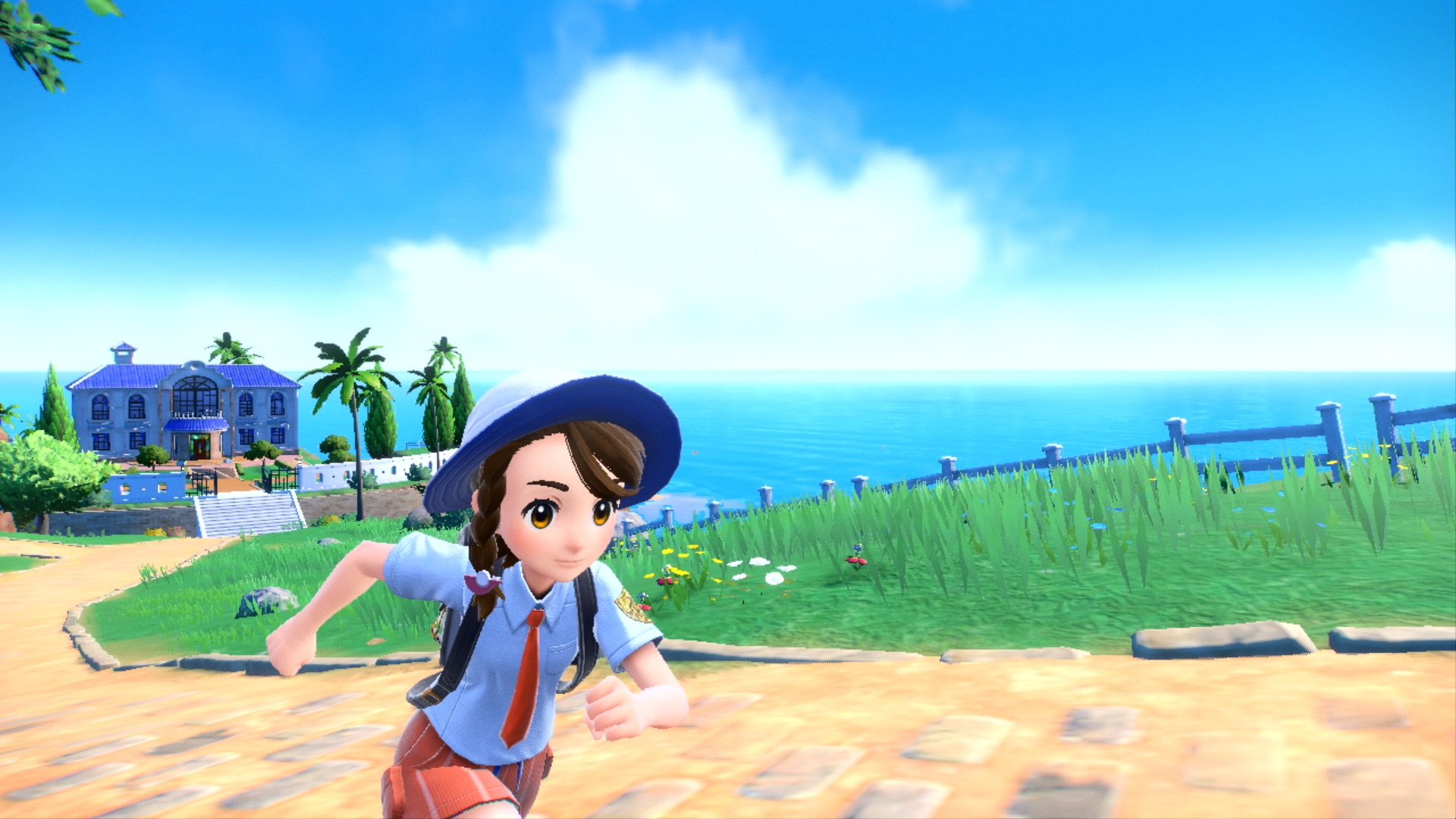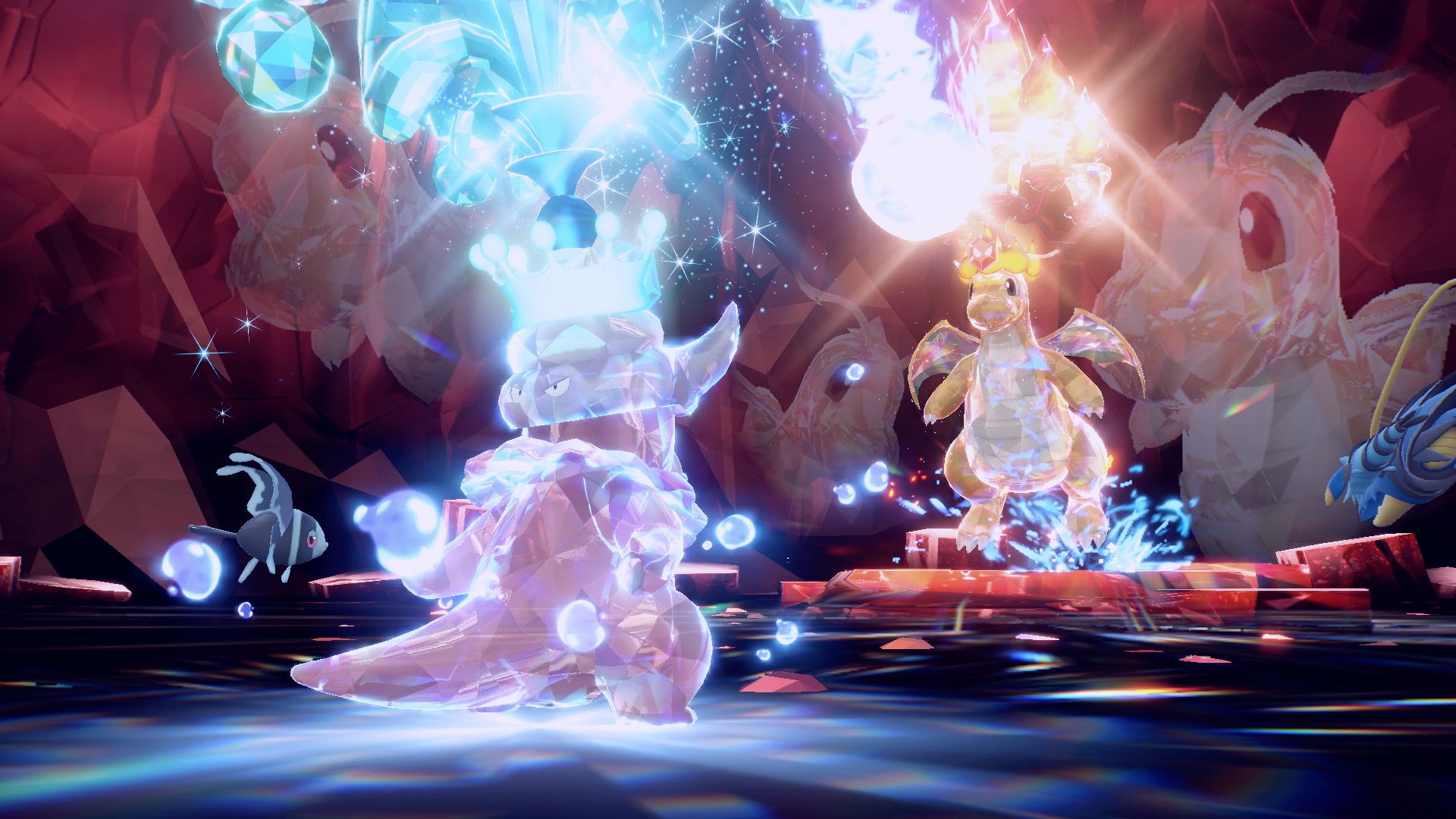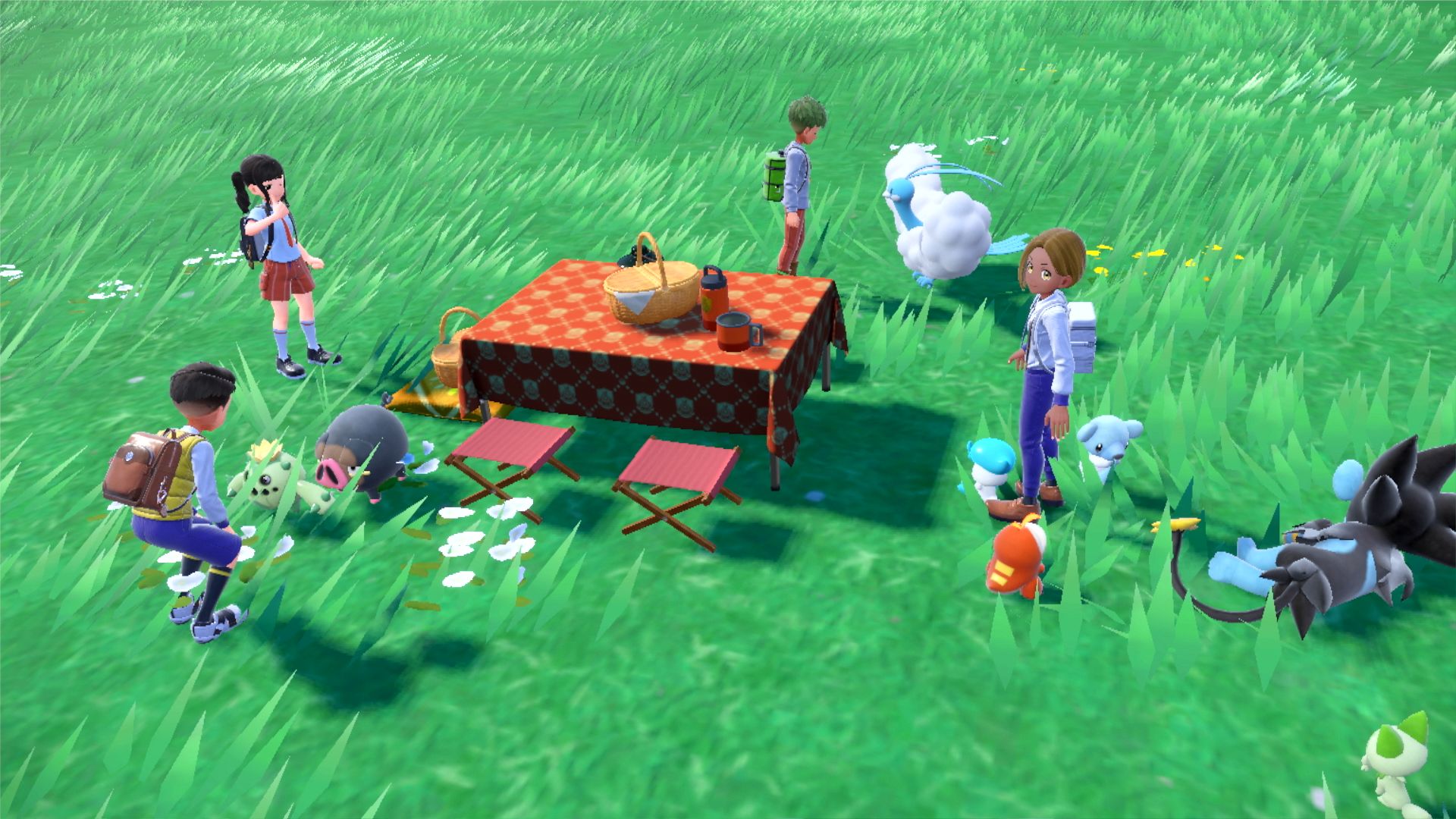While their presentation and medium have certainly changed over the past decade (as an old curmudgeon, I don’t see myself transitioning to video content anytime soon), game reviews have, generally speaking, served dual purposes within the industry. Like movies, TV, and music, game reviews evaluate the product as a whole, and while critics often place more or less importance on specific aspects of a game (visuals, music, replayability, etc.), reviews are meant to provide a verdict on the game’s quality and inform a consumer of what they’re about to buy into.
However, unlike the other aforementioned forms of entertainment, game reviews are unique in that they also shed light on any technical dealbreakers — I personally know more than a few people who won’t buy a game on PC if it doesn’t support high refresh rates, ultrawide resolutions, and all the other PC Master Race luxuries that most can’t be bothered with.
I bring all this up because, on the whole, I do think that reviews (and video game coverage in general) are incredibly valuable, especially when you take into account how expensive they can be, and that some games evolve and sometimes radically change over the course of several years post-launch. That being said, I can’t help but feel that Pokémon Scarlet and Violet have managed to prove that notion wrong.

While the latest pair of games managed to sell a whopping 10 million copies in the first three days of release, they are easily two of the most technically broken high-profile titles in recent memory. It would take an obscene amount of time to list every single issue Scarlet and Violet suffer from, but here’s a brief rundown of the biggest offenders:
<takes a deep breath>
Incredibly unstable framerates, which often hover in the mid-20s; uneven frame pacing and stuttering; scenery, NPCs, and Pokémon blinking in and out of existence; numerous clipping issues and broken animations; characters and other moving objects animating at extremely low framerates, sometimes as low as 2 frames per second; characters T-posing during cutscenes; trainers, Pokémon, and other objects both clipping through and getting stuck on walls, floors, and each other; shockingly low-quality textures and geometry; terrible lighting and shadows; and not-infrequent crashing, just to name some of the issues.
To their credit, Nintendo and Game Freak have acknowledged these issues, but even after the first patch, I have yet to notice any significant improvements to performance, glitches, and subpar visuals. That being said, I have heard that some exploits have been removed, and while I mostly played Scarlet and Violet docked, it seems both run a bit more smoothly when running in handheld mode.
But the shocking technical state of both these games only tells part of the story. Seeing how well Scarlet and Violet have sold, I’m willing to bet that franchise fans have been willing to overlook their many, many, shortcomings, which begs the question — how’s the actual game?

Surprisingly, it’s quite good. With a new generation of Pokémon comes a new region to explore, but even with the shift to the Iberian Peninsula-inspired Paldea, some things haven’t changed. Your quest begins with a familiar setup — you wake up one day, meet your rival, choose from one of three starter Pokémon, and then leave your small town to take on the world and catch as many wild Pokémon as you can.
Perhaps it’s because most of my experience with the franchise squarely rests with the first two generations, but what’s most surprising (and refreshing) is how much freedom is given to the player. While Game Freak made a name for themselves crafting fairly linear RPGs that feature plenty of gating, Scarlet and Violet let you choose what to prioritize first, whether that be working to take down Team Star (they really need to work on branding; Team Star sounds more like an afterschool club for overachieving middle-schoolers than it does a villainous organization), tracking down Titan Pokémon, or racking up eight gym badges in order to take on the Elite Four.
There’s plenty to do, and Game Freak has thrown a few additions into the mix to keep things interesting. I’ll be the first to admit that I can’t tell the difference between Mega Evolutions and Dynamaxing, but this generation’s flavor of Pokémon transformation is the Terastal phenomenon. Buzzwords aside, what this means in practice is that most noteworthy trainer battles will end with one of your opponent’s Pokémon Terastallizing (wow, that’s a mouthful), transforming not only in physical appearance but in type as well. These last-resort tactics do add another layer to battling, forcing you to have backup strategies at hand, as gym leaders in particular will often Terastallize (that’s the last time I’m writing that) in order to account for type weakness.

Pokémon movesets have also seen a bit of an overhaul. TMs can still be used to teach new moves to your team, and while you can always craft additional copies of a TM, you do have to collect the necessary crafting materials, which often means going out and battling specific wild Pokémon, which drop crafting materials when knocked out. This might sound a bit tedious, but a few quality of live improvement help streamline things. Experience from wild battles is shared among your team, which does cut down on the grinding (in fact, this option cannot be turned off), and you can even choose to have the lead Pokémon in your team auto-battle. Granted, auto-battling doesn’t provide as much experience, but they don’t last that long, which allows you to churn through battle after battle fairly quickly.
Outside of battles, Pokémon moves can be relearned at any time, even if it’s a move that was learned through a TM, saving you from having to recraft a copy. I was soured on Pokémon breeding thanks to how obtuse and time-consuming it was back on the Game Boy Color, but it’s a much more straightforward process in Scarlet and Violet. Hosting a picnic between two compatible Pokémon will result in not one, but multiple eggs, which are automatically sent to your boxes, as opposed to having to juggle room in your party to account for unhatched Pokémon.
As you can imagine, it’s a bit hard to outright recommend Pokémon Scarlet and Violet. While there’s plenty to explore and do in Paldea, the entire experience is littered with enough technical issues and bugs to make your head spin. I certainly hope that Game Freak continues to expand upon and refine this new open-world direction, but the franchise’s technical debt needs to be addressed first, and quickly.
Oh, and there’s an Ed Sheeran song in these games. Which is… something… I guess.










Published: Dec 11, 2022 04:30 pm